Arts-Based Academics
I am enthusiastic about my Arts-Based Lessons because I have used them with so much success!
Look over few of the samples lessons available.
They were designed for regular classroom teacher--You don't have to have a background in art!
You can see that these lessons are more visual and exciting than reading from a textbook or handout.
Teaching with an arts focus gives students a new perspective on learning a variety of subjects: Reading , Math, Science, Social Studies...
Students may not realize what an important role math plays in creating art. In Pieter Breughel the Elder's painting, "Games Children Play," it is easy to identify right, obtuse and acute angles.
This activity requires active engagement by your students in both a whole class setting and in small groups. It also includes a component for individual assessment.
Using art as a teaching strategy gives students a new perspective on learning math, and provides an enjoyable experience that will hold their attention. The use of paintings in this lesson provides an authentic application of lines and angles.
Included in the lesson are:
- Scripted lessons
- Teacher directed instructions for SMARTBOARD
- Cooperative learning materials
- Answer Keys
- Assessment sheets
- Copies of three Pieter Brueghel paintings
______________________________________________________________________________________
- The art of Pieter Brueghel and Winslow Homer has recorded games of everyday life from two different eras. By comparing and contrasting children’s games of past eras with the games children
play today, students will draw conclusions and make connections between
societies and cultures of the past and present.
In this lesson, students will work in small groups studying “Games Children Play” by Pieter Brueghel (!500’s) and “Crack the Whip” by Winslow Homer (late 1800’s.
Using higher-level Thinking Skills students will analyze the subject matter of both paintings, then compare/contrast and evaluate them with games children play today.
Included are:
Detailed directions,
Visual Arts, Social Studies and Writing Academic Standards
Higher-Level Thinking Skills from Bloom’s Taxonomy
Brief Biographies of the artists,
Handouts for group work,
Assessment,
List of some of the Games depicted in the paintings,
Prints of the paintings
Games are a part of the human experience and can offer new perspectives on how communities change over time.
_________________________________________________________________________________
This is a lesson students REALLY enjoy! Students design a product, write an ad for the product, then ...video tape for a super presentation.
- Everyday we are bombarded by advertisements and commercials from: T.V., radio, magazines, music, posters, road signs, etc.
As described in this unit, each forty minute session will begin with an introduction to one, or two methods of PROPAGANDA: Bandwagon, Testimonial, Emotional Words, Glittering Generalities, Repetition and Bait and Switch.
For each of the introductions, I have provided a poster that defines and gives an example of the type of Propaganda being introduced. Present them on an overhead or SMARTBOARD. First the definition poster, then, the example poster. Call on a student to highlight or underline Key Words on the example poster in front of the class. Students at their seats do the same on their handouts. Posters can then be displayed around the classroom.
Other materials Included:
Complete Lesson Plans,
Common Core Standards,Posters with Definitions and Examples,Smartboard Activities ,
Independent Practice,
Cooperative Group Activities,
Assessments, and
Rubric
________________________________________________________________________________
This is a FREE lesson. It is actually the third, and culminating project for an upper-elementary Penguin unit.
Step-by-step instructions for creating a life-size image of the penguin your student selects. From research, he knows the dimensions of the penguin and will use both metric and standard measurement to determine the length and width of paper needed to out the shape of the penguin. There are further directions and patterns to complete the image, and ideas for embellishment.
A fun and educational project!
Part I: ($5.00)An understanding of communities, cultures and ethnicity are important topics if we want our students to become independent, contributing members of society. You may wonder how a unit about penguins can teach students these important life-skills. This is how...by looking at the lives of penguins, learners will come to realize that each of them belong to many communities for example, neighborhood, and school, church communities. They will learn how cultural and ethnic groups are defined. The investigation will challenge students to look deeply into their own lives and identify their responsibilities to the communities to which they belong. They will see the interdependence of the community and the consequences if each member does not meet his or her responsibility to the group. This first installment of my unit focuses on Citizenship and offers a comparison, between the lives of penguins and the lives of people. Our students will learn that we are not so different after all. The Unit is scripted with optional responses, and includes: Detailed, Scripted Lesson Plans, Graphic Organizers, Poster/sentence strips, Assessments and concludes with a Writing Process Report. This is classroom-tested unit I have used with 3rd-6th grades and inclusion classes.
Part II ($ 4.00)
This unit focuses on the habitats of various penguins. Students will use the computer to investigate "their penguins." Then describe their location in terms of longitude and latitude. They will learn that penguins are not only found in Antarctica, but on almost every continent. This unit includes: Complete, detailed lesson plans, a flow chart to direct computer research, a worldmap, labeled, note cards, paragraph organizer and editing key. The unit concludes with a report, using the Writing Process, on the student's selected penguin.
http://www.teacherspayteachers.com/Product/Animal-Architects-746839
FREE!
ANIMAL ARCHITECTS infuses Art with Reading Research, The Writing Process /Informational Writing and Life Science.
This Arts-Based Writing Lesson has been successfully used with fourth through sixth graders on many occasions. I found that my students enjoyed this lessons, and stayed involved and on-task.
ANIMAL ARCHITECTS focuses on developing Higher-Level Thinking Skills: classifying, explaining, executing, comparing, and creating. It involves teacher-modeling and requires students to use THE WRITING PROCESS to Compare and Contrast man and animals as architects -and, finally, to write a report.
As one of my students said to me as he worked on his report, "I guess you can still have fun while you learn!"
This Arts-Based Writing Lesson has been successfully used with fourth through sixth graders on many occasions. I found that my students enjoyed this lessons, and stayed involved and on-task.
ANIMAL ARCHITECTS focuses on developing Higher-Level Thinking Skills: classifying, explaining, executing, comparing, and creating. It involves teacher-modeling and requires students to use THE WRITING PROCESS to Compare and Contrast man and animals as architects -and, finally, to write a report.
As one of my students said to me as he worked on his report, "I guess you can still have fun while you learn!"
This lesson forms the basis for following architectural lessons-coming soon!
___________________________________________________________________
Rationale:
Why do I believe in Arts-based Academics? I invite you to read further and discover the advantages of arts-based lessons...
- I was trained in DBAE (Discipline-Based Academic Education), by the Ohio State University. The program was sponsored by the Annenberg Foundation for the Arts.
- Although I taught for thirty years, I taught at Newton D. Baker Elementary School of Arts (grades K-6) for ten years.
- I can attest to the progress students made in their academic subjects when using the Arts-Based Academic approach. Independent evaluators (TETAC) found that students taught in this manner demonstrated a higher level of success with higher level thinking skills than other comparable schools in the district.
- For example, when I began teaching at Newton D. Baker, fourth grade students scored 52% mastery on their last Standardized Writing Test. Within two years of teaching third through fifth graders using the DBEA (Arts-Based Academics) method, scores rose to 89% mastery.
- Arts-Based Academics is a way of teaching all subject areas through art. For example, teaching the Math/Geometry subject of obtuse, acute and right angles with the paintings of Pieter Bruegel (1500's).
- Studying the arts offers students a new perspective on learning academic subjects. It holds the attention of students through a different strategy than textbooks or handouts. Yet, arts-based lessons are easy to teach and don't require any more extra time to prepare than standard lessons.
- Throughout history, art has been the way events and people were recorded. Therefore, in addition to the Academic Standard being taught, students learn about societies, governments, technology, transportation, communication, as well as aesthetic values of any given time.
- Using Arts Based Academics is a way to promote understanding of the connections between art and the ever-changing needs of society.
How to use Arts -Based Academics?
- Look over the lesson before teaching to get an idea of how it is presented...and if you wish, to add any resources to the lesson. A materials list is provided.
If you are apprehensive about teaching an Arts-Based lesson, be assured that my lessons were written for classroom teachers, whether or not they have any art background. They include detailed, scripted lesson plans, copies of the artwork and, as-a-rule, all materials required for the lessons-other than pencils, markers and such items found in the classroom.
Ginger




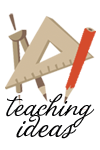
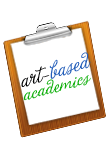


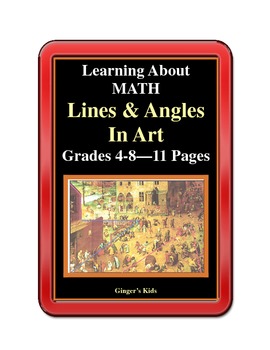
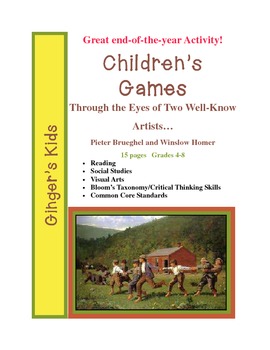
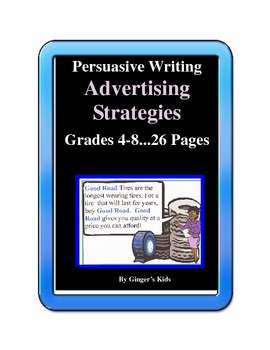
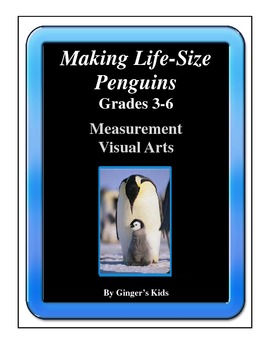
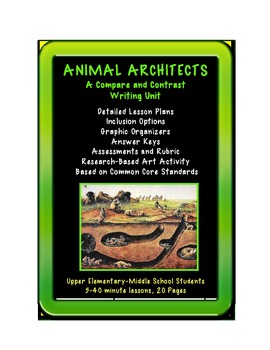
No comments:
Post a Comment